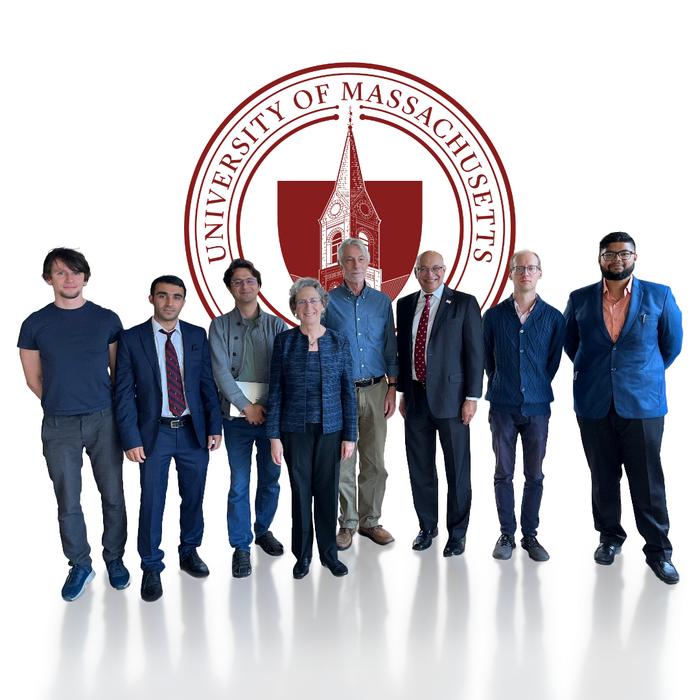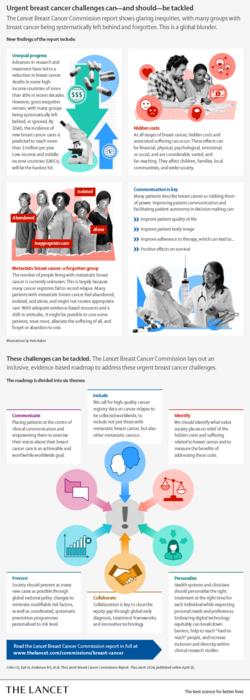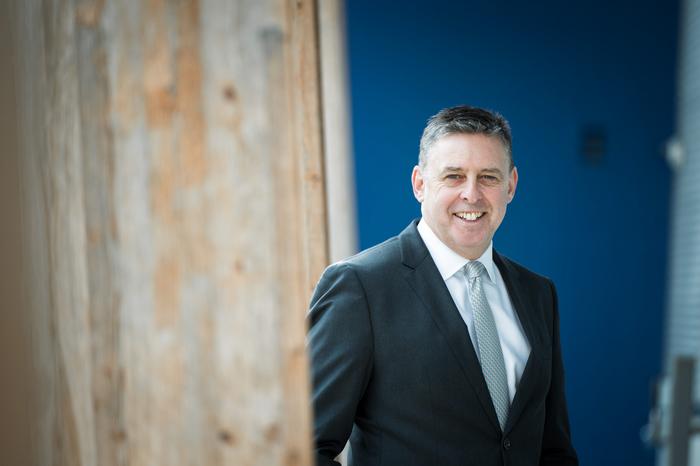UMass Amherst researchers join $26 million quantum computing effort to build internet of the future
AMHERST, Mass. – Quantum computing is one of the most potentially transformative areas of computer research happening today. Now, an interdisciplinary team at the University of Massachusetts Amherst, under the leadership of Don Towsley, Distinguished Professor in the Manning College of Information and Computer Sciences (CICS), is helping to lead the charge. Towsley and his […]

AMHERST, Mass. – Quantum computing is one of the most potentially transformative areas of computer research happening today. Now, an interdisciplinary team at the University of Massachusetts Amherst, under the leadership of Don Towsley, Distinguished Professor in the Manning College of Information and Computer Sciences (CICS), is helping to lead the charge. Towsley and his UMass colleagues in CICS and the College of Engineering are responsible for designing the infrastructure to support future city-scale quantum networks, an effort overseen by the Center for Quantum Networks, a $26 million, five-year, renewable effort led by the University of Arizona, one of the National Science Foundation’s Engineering Research Centers.

Credit: UMass Amherst
AMHERST, Mass. – Quantum computing is one of the most potentially transformative areas of computer research happening today. Now, an interdisciplinary team at the University of Massachusetts Amherst, under the leadership of Don Towsley, Distinguished Professor in the Manning College of Information and Computer Sciences (CICS), is helping to lead the charge. Towsley and his UMass colleagues in CICS and the College of Engineering are responsible for designing the infrastructure to support future city-scale quantum networks, an effort overseen by the Center for Quantum Networks, a $26 million, five-year, renewable effort led by the University of Arizona, one of the National Science Foundation’s Engineering Research Centers.
Quantum computing differs fundamentally from the bit-based computing we all do every day. A bit is typically expressed as a 0 or a 1 and represents an electrical current that is either off or on. Bits are the basis for all the software, websites and emails that make up our electronic world. Even the simplest digital artifacts are composed of thousands of them: this story, for instance, contains more than 170,000 bits.
By contrast, quantum computing relies on “quantum bits,” or “qubits,” which are like regular bits except that they represent particles in a quantum state. Matter in a quantum state behaves very differently, which means that qubits aren’t relegated to being only 0s or 1s, off or on.
That difference in their behavior opens up a range of possibilities in computing—though they are not magical, points out Stefan Krastanov, assistant professor of information and computer sciences at UMass Amherst and one of the researchers helping to design the quantum network,. “For many computing problems, quantum computers are no more powerful than conventional ones,” he says. “However, for a growing family of important problems like drug discovery, cryptography and scientific simulations, only quantum algorithms have a chance of providing solutions.”
One of the stranger aspects of the quantum state is that matter can be “entangled.” The game of pool is a helpful analogy here. In our everyday world, a cue ball smacking into the three ball will send the three ball into the corner pocket. But in a quantum world, the three ball could be entangled with, say, the eight ball, and when the cue hits the three both the three and the eight will react in exactly the same way at exactly the same time, even though nothing touched the eight ball.
Entangling quantum computers over a quantum internet could provide unparalleled digital security—one of the main applications of the Center for Quantum Networks’ research, as well as vastly increasing the computing power of today’s most powerful machines.
But for any of this to happen, there needs to be a secure quantum network that can link quantum computers and transmit entangled qubits. “The problem,” says Towsley, who is also director of the Quantum Information Systems Institute at UMass?, “is that quantum information—those qubits—is incredibly fragile, and very sensitive to environmental noise, such as heat. This requires the careful design of a network architecture, algorithms and protocols to protect against this noise.”
Towsley and his UMass colleagues, including Krastanov and Filip Rozpedek, assistant professor of information and computer science; as well as Taqi Raza, assistant professor of electrical and computer engineering in the College of Engineering; are working out how to send qubits securely without the risk of loss or decay. It’s a problem that requires expertise in both computer science and engineering, because, as Raza, whose expertise is in critical infrastructure security, puts it, “security cuts across all the various specialties that must contribute to a successful quantum network. We are working to embed security principles in quantum networks from the start.”
“Quantum computing is not just an advance in technology,” says Laura Haas, Donna M and Robert J. Manning Dean of CICS. “It’s a paradigm shift in how we process information. We’re proud contributors to this thrilling journey to usher in the next era of computing. NSF’s recognition of UMass Amherst as a key hub in the Northeast amplifies our sense of pride and highlights the significant role our talented researchers play in advancing the field.”
And there’s more to come. Thanks to a seed fund created by anonymous donors, including a gift of $5 million, Towsley is leading the creation of a UMass Amherst Center of Excellence to support research in quantum information systems that will work to develop a quantum internet and to provide network security to connect quantum computers.
“Our role as a core institution in the NSF Center for Quantum Networks is a part of a broader, growing interdisciplinary initiative in quantum information systems here at UMass, involving faculty and researchers in CICS, electrical and computer engineering, and physics in the College of Natural Sciences,” says Sanjay Raman, dean of the College of Engineering. “Between the three colleges, we have nine core faculty in the quantum information systems area, working on everything from quantum materials, devices and circuits to algorithms and security, and many others who are helping to explore the science and applications of the quantum world.”
Contacts: Don Towsley, towsley@cs.umass.edu
Daegan Miller, drmiller@umass.edu
What's Your Reaction?

































